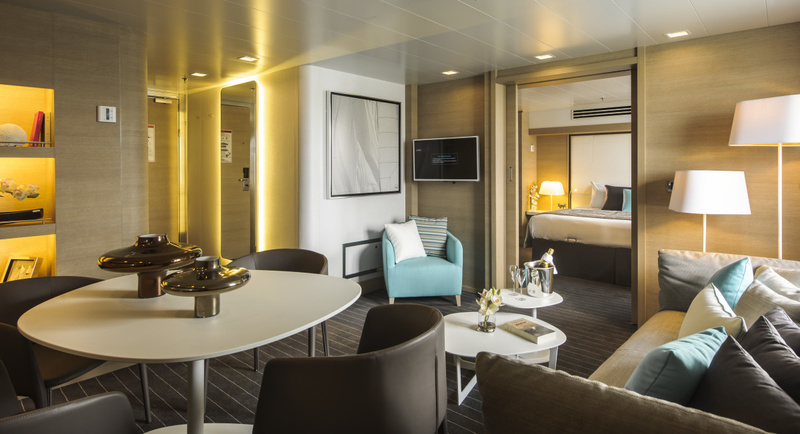Named after talented photographer Paul Pléneau, who accompanied Jean-Baptiste Charcot on his 1903 expedition, Pleneau Island has become a refuge for gentoo penguins, elephant seals and fur seals. A ‘fleet’ of imposing ice formations sit like anchored ships along its shores. Like works of art, these unusually-sculpted icebergs range in colour from white to blue and every shade in between. On land, red algae provides a striking contrast against empty swathes of snow that alternate with gentoo penguin nesting sites, strewn all across the island.
This cove, a natural harbour located in Salpêtrière Bay, was discovered by French explorer Jean-Baptiste Charcot. Named for the explorer's father, famed neurologist Jean-Martin Charcot, this tip of Booth Island still holds vestiges of Charcot's 1903-1905 anchoring aboard his ship, Le Français. A brisk walk through the snow will take you to the remains of Charcot's stone cabin where he conducted studies on magnetism. Right nearby, you'll notice a colony of gentoo penguins. If you continue on to the summit, you'll pass by the remnants of a cairn and enjoy an unobstructed view of the vast field of icebergs scattered over the bay like white tombstones—an eerie, mystical site like none other.
Between 1897 and 1899, Belgian explorer Adrien de Gerlache led an Antarctic expedition aboard the Belgica. There, he discovered a quiet, protected bay which he named in honour of the Dutch queen, Wilhelmina of Orange-Nassau. In this enchanting place, towering mountains reflect off of still waters, offering up a magnificent and colourful feast for the eyes. Yet another source of wonder: humpback whales, majestic and frequent visitors to the bay, feed in the surrounding waters amidst a stunning seascape of ice floes and icebergs.


























